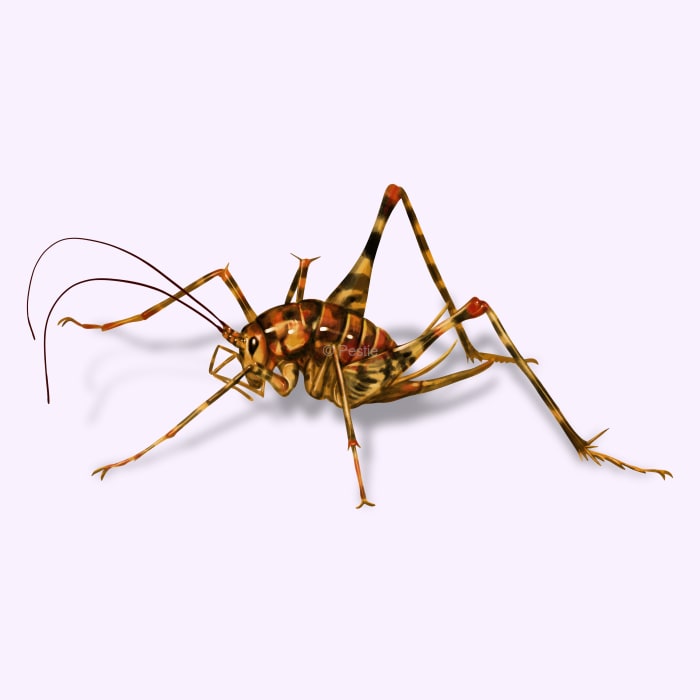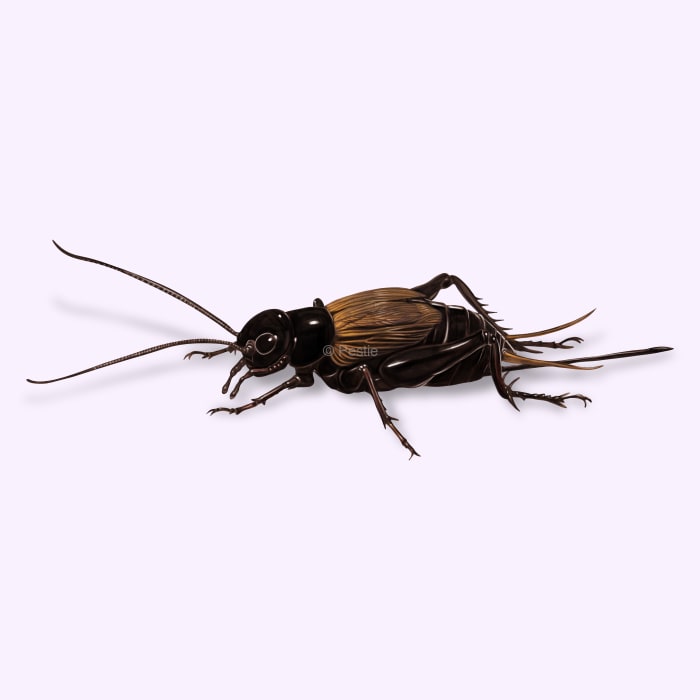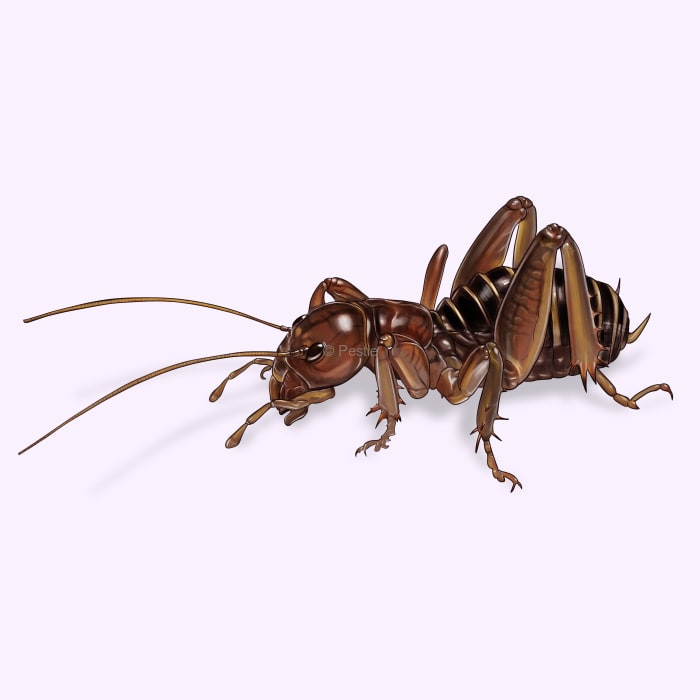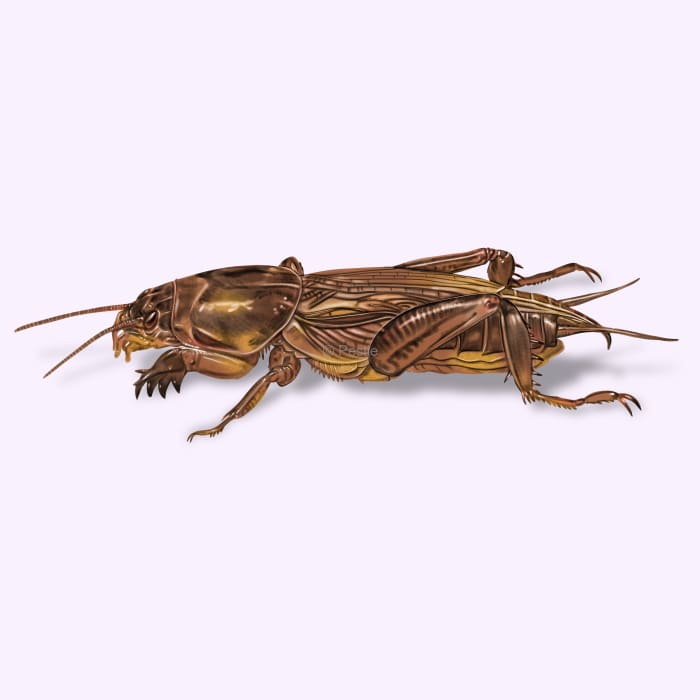How to identify and get rid of crickets
Not-so-silent nights: how to eliminate crickets in your home
The sounds of crickets chirping on a warm summer’s evening can feel nostalgic and serene. But when that chirping comes from somewhere inside your home… It’s a full-on investigation to remove that invader!
Crickets are usually abundant in our lawns and backyards, but they can become annoying when they come into our homes. Fortunately, these pests don’t do much harm or damage, but the constant chirping can make anyone go a little crazy.
Male crickets chirp at night to attract a female. After they mate, females lay their eggs in the soil, and after a few weeks, nymphs emerge, looking for their next meal. Crickets prefer to stay outdoors during the summer months, but when the weather starts to turn cold, they head for shelter. That can also mean inside your house.
While there are around 100 species of crickets in the US, only a handful cause any nuisance or problems for us homeowners. Those include:
- House crickets
- Field crickets
- Camel crickets
- Mole crickets
How to identify crickets
Crickets can come in a variety of sizes and colors, but the house cricket and field cricket look the most similar. They have large, powerful hind legs that are used for jumping. They also have two pairs of wings, with the front pair being hard and leathery, protecting the more membranous and delicate hind wings.
Camel crickets, on the other hand, have a humpbacked-shaped body with longer, spidery legs. They do not have wings.
Mole crickets are the most different of the four. Since they live underground and are a burrowing insect, their body is more robust, and their forearms are adapted for digging. They don’t have the powerful jumping legs like the other three.
Fun fact
The temperature influences the number of chirps males produce. Scientists discovered that if you count the number of chirps in 15 seconds and add 40, you get a pretty close measurement of the temperature in Fahrenheit.
What do crickets eat?
Crickets are known for eating dead or decaying plants, but they will also feed on dead insects occasionally. When they find their way inside, they have been known to chew on natural plant fibers like cotton, linen, silk, and paper.
How to get rid of crickets
Crickets aren’t much of a nuisance when the weather is nice outside. However, once things get dry and super-hot, or the fall weather turns cool, you may get a few surprise visitors in your home, garage, or basement.
So, what can you do when the crickets come invading?
First, like most pests, you want to prevent them from entering your home. That means doing the following:
- Seal cracks and gaps in windows, doors, siding, and foundation.
- Keep your landscape trimmed and mowed.
- Dehumidify basements and keep attics and crawlspaces ventilated
If you find that crickets are still getting in your home, try these tactics to get rid of them:
- Vacuum up any stray crickets you find
- Treat the perimeter of your home, garage, and basement with an outdoor insect barrier spray
- Spray baseboards, windows and doors, and basements with an indoor insect barrier spray
Treat crickets with Pestie
If you're still having trouble keeping crickets away, the best option is to use a pro-grade, effective pest control solution like Pestie.
Pestie is a do-it-yourself pest control solution that's specially designed to keep crickets and other pests away from your home.
With Pestie, you can rest easy knowing that your living space is protected and free of creepy crawlies. And the best part? It's designed for people, pets, and the planet, so you can say goodbye to harsh chemicals and hello to peace of mind!
- Save hundreds compared to traditional annual pest plans
- People, pet, and planet-friendly
- Pro-grade customized formulas












